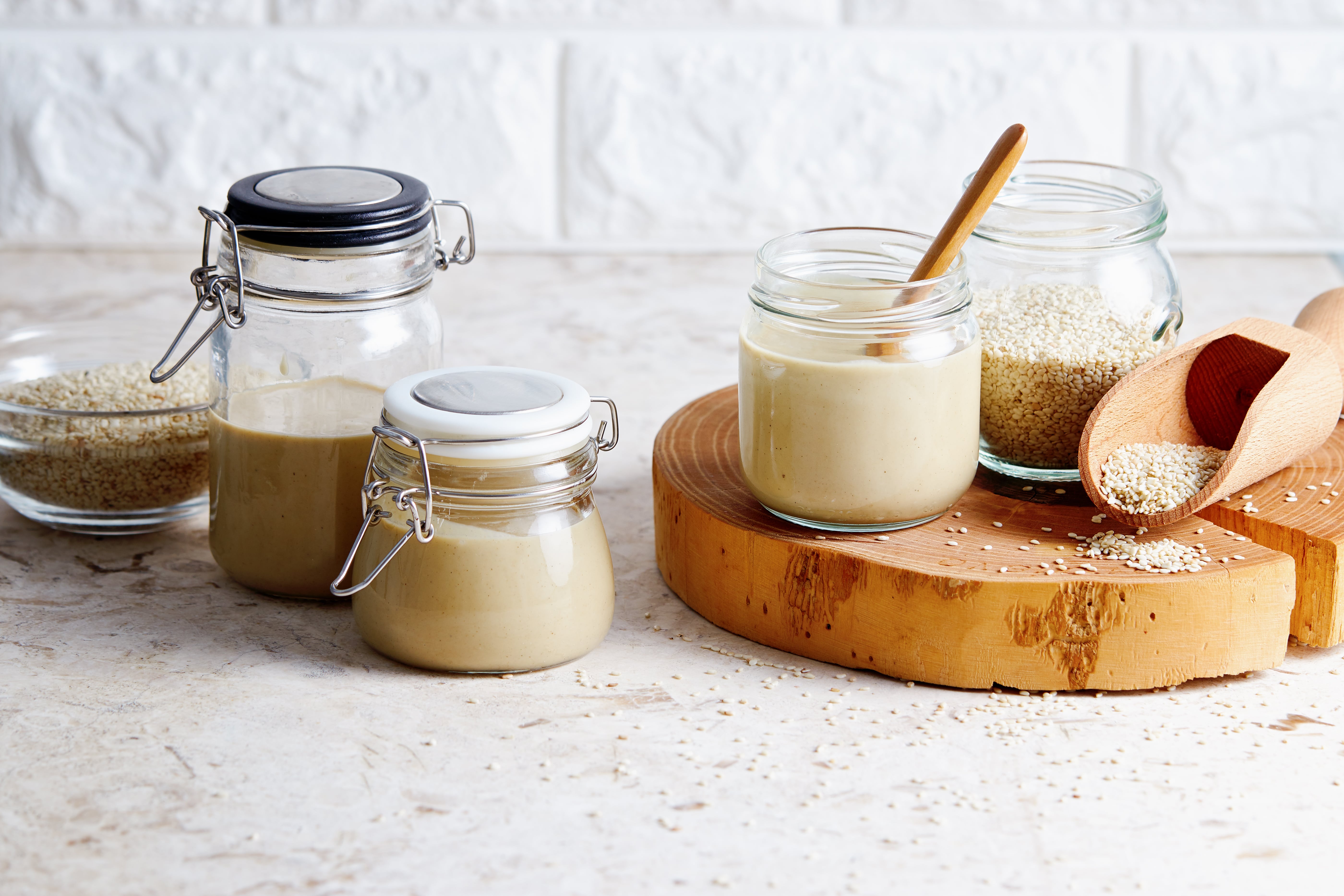Τahini, a delicious superfood
It is nothing more than a thick paste of roasted, grated, peeled sesame, used in North African and Middle Eastern cuisines. In these countries tahini is a common ingredient in sauces and soups, and in particular in the preparation of hummus, tahini salad and tahini soup.
The name “tahini” is of Arabic origin and probably comes from the word “tahana” which means “grind”. Sesame cultivation dates back to 1500 BC, when, according to Herodotus, it was cultivated in Mesopotamia, on fertile soil along the Tigris and Euphrates rivers, and it was mainly used for oil production.
Tahini is of exceptional value because it comes from 100% ground sesame, which results in the preservation of all the beneficial ingredients of sesame that is proteins of high biological value and many vitamins (B1, B2, E, etc.).
In Greece, tahini is used as a spread on bread, either alone or with honey or jam. It is also used as an essential ingredient in the preparation of tahini soup, fasting walnut pie and ice cream. Tahini is also the main ingredient of halva, which is mainly consumed during religious fasting, as a main food or as a dessert with cinnamon or lemon.
In addition to the common tahini that has no additives, we can find other products such as honey, stevia or cocoa tahini, tahini with orange or mastic flavor, whole grain tahini and enriched products such as calcium or prebiotic tahini.
